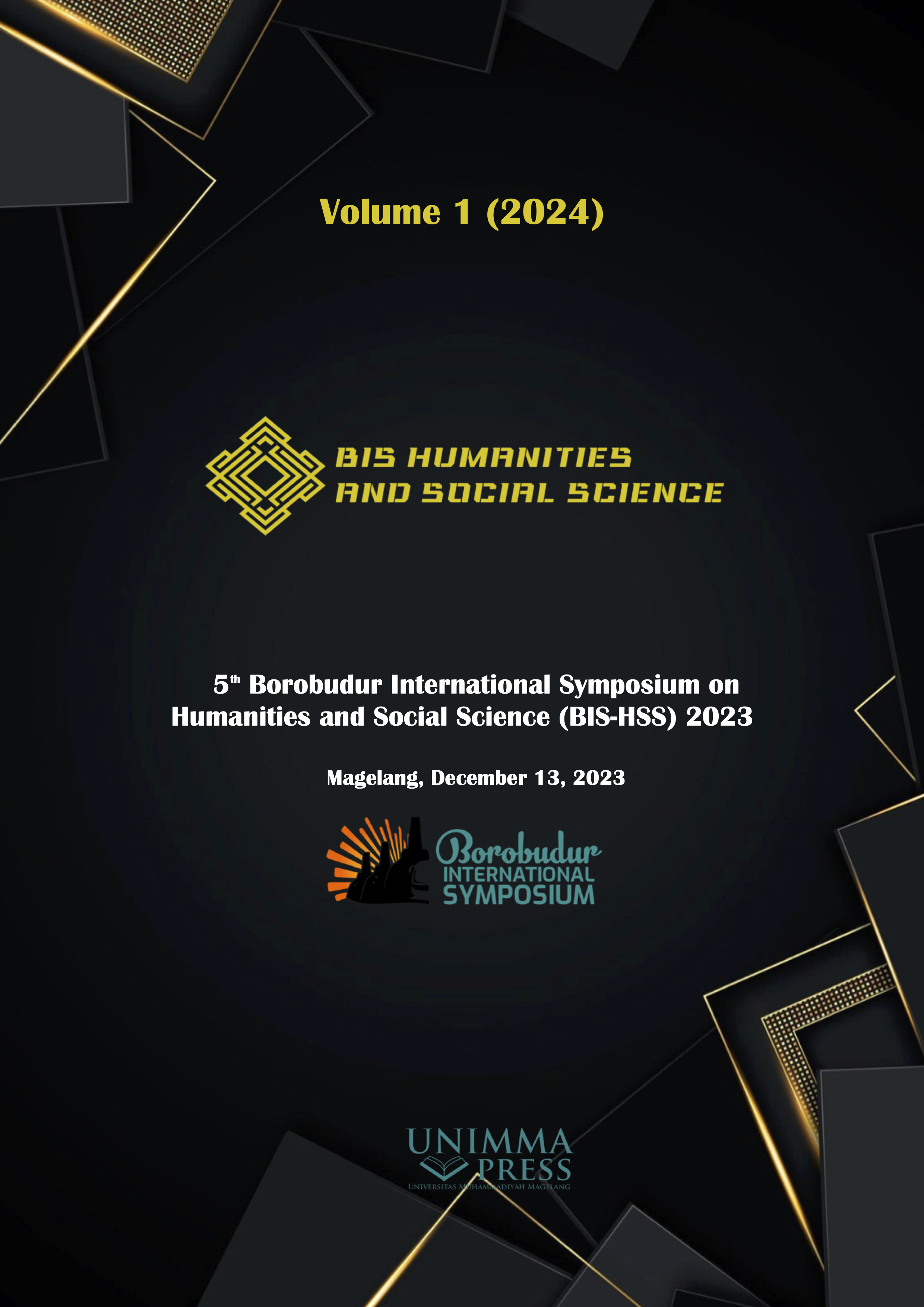Effectiveness of e-litigation in religious courts in Indonesia
Keywords:
e-litigation, Religious courts, EffectivenessAbstract
The Indonesian Supreme Court has implemented an e-court for efficient, fast, low-cost trial processes. However, its Effectiveness in religious courts is lower than in district and state administrative courts, prompting a study for improvement recommendations. This socio-legal research uses a legal substance, structural, and cultural approach, using primary and secondary data, after being collected and analyzed using systematic content analysis in a polyangulation manner. The results showed that the Effectiveness of e-litigation in religious courts was influenced: First, aspects of legal structure in the form of unstable internet networks, the number and competence of court employees still needed to be improved, and there was no special division to handle it. Second, the aspect of legal substance in the form of a discrepancy between the procedural law and the regulation with the Supreme Court Rules needs to be regulated in law to have binding legal force. Third, the legal culture aspect is the need for socialization with the public about the benefits and ease of e-litigation for litigants.
References
[1] Mahkamah Agung Republik Indonesia, Laporan Tahunan 2018: Era Baru Peradilan Modern Berbasis Teknologi Informasi. Jakarta: Mahkamah Agung Republik Indonesia, 2019.
[2] U. Yusuf, “Efektifitas Pelaksanaan e-Court dalam Penanganan Perkara Perdata di Pengadilan Agama Pangkajene,” J. Lex Theory, vol. 2, no. 1, pp. 78–102, 2021, Accessed: Jun. 13, 2022. [Online]. Available: http://pasca-umi.ac.id/index.php/jlt/article/view/936
[3] A. Putrijanti and K. C. S. Wibawa, “Indonesia Administrative E-Court Regulation Toward Digitalization And E-Government,” J. IUS Kaji. Huk. dan Keadilan, vol. 9, no. 1, p. 18, Mar. 2021, doi: 10.29303/ius.v9i1.796.
[4] Mahkamah Agung Republik Indonesia, Laporan Tahunan Mahkamah Agung Republik Indonesia Tahun 2021, Akselerasi Perwujudan Peradilan Modern. Jakarta: Mahkamah Agung Republik Indonesia, 2022.
[5] Mahkamah Agung Republik Indonesia, Laporan Tahunan 2022 Mahkamah Agung Republik Indonesia: Integritas Tangguh, Kepercayaan Publik Tumbuh. Jakarta: Mahkamah Agung Republik Indonesia, 2022. [Online]. Available: https://kepaniteraan.mahkamahagung.go.id/images/laporan_tahunan/FA-LAPTAH-2022.pdf
[6] Lawrence M. Friedman, The Legal System A Social Science Perspective, 3rd ed. New York: Russell Sage Foundation, 1987.
[7] S. Soerjono, Pengantar Penelitian Hukum, hal.93.36. Jakarta: UI-Press, 2007.
[8] Irwansyah, Penelitian Hukum Pilihan Metode dan Praktik Penulisan, Cet-4. Yogyakarta: Mirra Buana Media, 2020.
[9] Matthew B. Miles, A. Michael Huberman, and Johnny Saldaña, Qualitative Data Analysis: A Methods Sourcebook, 3rd ed. Arizona: SAGE Publications Asia-Pacific Pte. Ltd, 2014. [Online]. Available: http://marefateadyan.nashriyat.ir/node/150
[10] Mark A. Hall and Ronald F. Wright, “Systematic Content Analysis of Judicial Opinions,” Calif. Law Rev., vol. 96, no. 1, p. 79, 2008, doi: 10.15779/Z38R99R.
[11] Michael Quin Patton, How to Use Qualitative Methods in Evaluation, Cetakan II. Yogyakarta: Pustaka Pelajar, 2009.
[12] Mahkamah Agung Republik Indonesia, “Peta e-Court Pengadilan Agama,” e-Court Mahkamah Agung RI. Accessed: Jul. 03, 2022. [Online]. Available: https://ecourt.mahkamahagung.go.id/mapecourt_agama
[13] Muh. Ridha Hakim, Implementasi E-Court Di Mahkamah Agung Menuju Peradilan Yang Modern. Jakarta: Prenadamedia Group, 2019.
[14] P. Lumbantoruan, R. Mawuntu, C. J. J. Waha, and ..., “E-Mediation in E-Litigation Stages in Court,” J. Law, Policy Glob., vol. 108, no. 2, pp. 66–74, 2021, doi: 10.7176/JLPG/108-0.
[15] Direktorat Jenderal Aplikasi Informatika, “Daftar Penyelenggara Sertifikasi Elektronik,” Penyelenggara Sertifikasi Elektronik. Accessed: Nov. 30, 2023. [Online]. Available: https://tte.kominfo.go.id/listPSrE/_
[16] O. Dewi Qomariah Imelda, T. Hariyati, S. Maria Ulva, N. Rusyanti, N. Soimah, and U. Kaltara, “Advantages and Disadvantages of The Implementation of E-Litigation in Indonesia During the Pandemic Era,” in Jurnal Pengabdian Kepada Masyarakat, 2021, pp. 106–110. [Online]. Available: https://dspace.uii.ac.id/handle/123456789/35933
[17] T. Galang, “Peran Integrasi Teknologi dalam Sistem Manajemen Peradilan,” Widya Pranata Huk., vol. 4, no. 1, pp. 65–83, 2022, doi: 10.37631/widyapranata.v4i1.583.
[18] E. F. Rohma et al., “Pelayanan E-Court Di Pengadilan Agama Trenggalek,” Ma’mal J. Lab. Syariah dan Huk., vol. 1, no. 5, pp. 478–496, Dec. 2020, doi: 0.15642/mal.v1i5.43.
[19] R. Untari, A. N. Hasyyati, A. Syakilah, and P. Candraningtyas, Indeks Pembangunan Teknologi Informasi Dan Komunikasi 2020, vol. 59. Jakarta: Badan Pusat Statistik Republik Indonesia, 2021.
[20] R. Untari, A. N. Hasyyati, V. C. Wulandari, A. L. Kusumatrisna, A. Syakilah, and T. Sutarsih, Indeks Pembangunan Teknologi Informasi Dan Komunikasi 2021, vol. 6, no. Sept. Jakarta: Badan Pusat Statistik Republik Indonesia, 2022.
[21] F. Setu, “Kominfo Terapkan KSO untuk Sediakan Layanan 4G di 7.904 Lokasi 3T,” Kepala Biro Humas Kementerian Kominfo. Accessed: Nov. 30, 2023. [Online]. Available: https://www.kominfo.go.id/content/detail/34767/siaran-pers-no-191hmkominfo052021-tentang-kominfo-terapkan-kso-untuk-sediakan-layanan-4g-di-7904-lokasi-3t/0/siaran_pers
[22] A. Hardiantoro and I. E. Pratiwi, “Perjalanan Johnny G Plate dalam Kasus Korupsi BTS 4G, Ditetapkan Tersangka dan Kini Divonis 15 Tahun Penjara,” Kompas.com. Accessed: Nov. 30, 2023. [Online]. Available: https://www.kompas.com/tren/read/2023/11/08/210000265/perjalanan-johnny-g-plate-dalam-kasus-korupsi-bts-4g-ditetapkan-tersangka?page=all#page2
[23] H. P. Sari and A. Ika, “Saat Sri Mulyani Tagih Proyek BTS 4G ke Menkominfo Budi Arie,” kompas.com. Accessed: Nov. 30, 2023. [Online]. Available: https://money.kompas.com/read/2023/11/28/125353526/saat-sri-mulyani-tagih-proyek-bts-4g-ke-menkominfo-budi-arie
[24] M. B. Kurniawan, “Implementation of Electronic Trial (E-Litigation) On The Civil Cases In Indonesia Court As A Legal Renewal of Civil Procedural Law,” J. Huk. dan Peradil., vol. 9, no. 1, p. 43, Apr. 2020, doi: 10.25216/jhp.9.1.2020.43-70.
[25] S. C. Pawana and V. P. Setyawan, “Principles Audi Et Alteram Partem Compatibility in Litigation Process at State and Religious Court: Impact of Pandemic,” Musamus Law Rev., vol. 4, no. 2, pp. 70–84, Apr. 2022, doi: 10.35724/mularev.v4i2.4108.
Downloads
Published
Conference Proceedings Volume
Section
License

This work is licensed under a Creative Commons Attribution-NonCommercial 4.0 International License.

